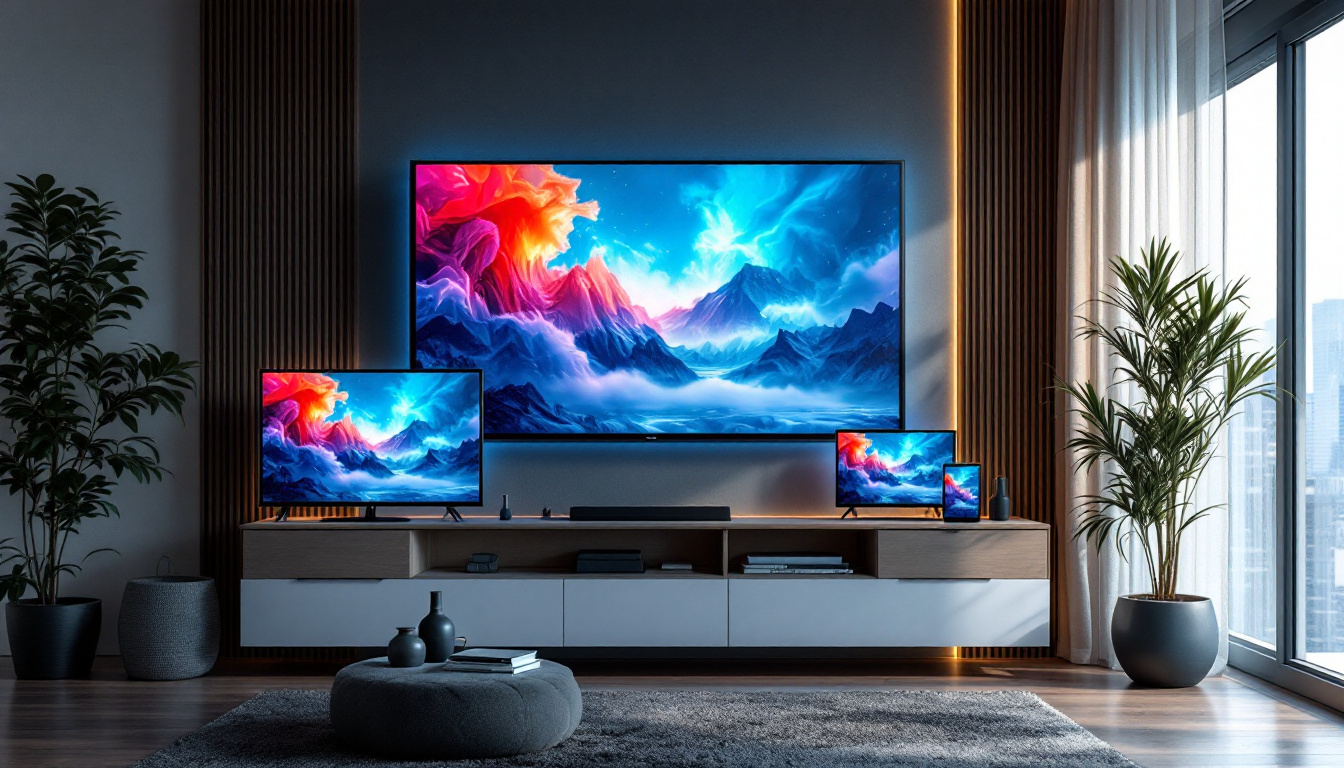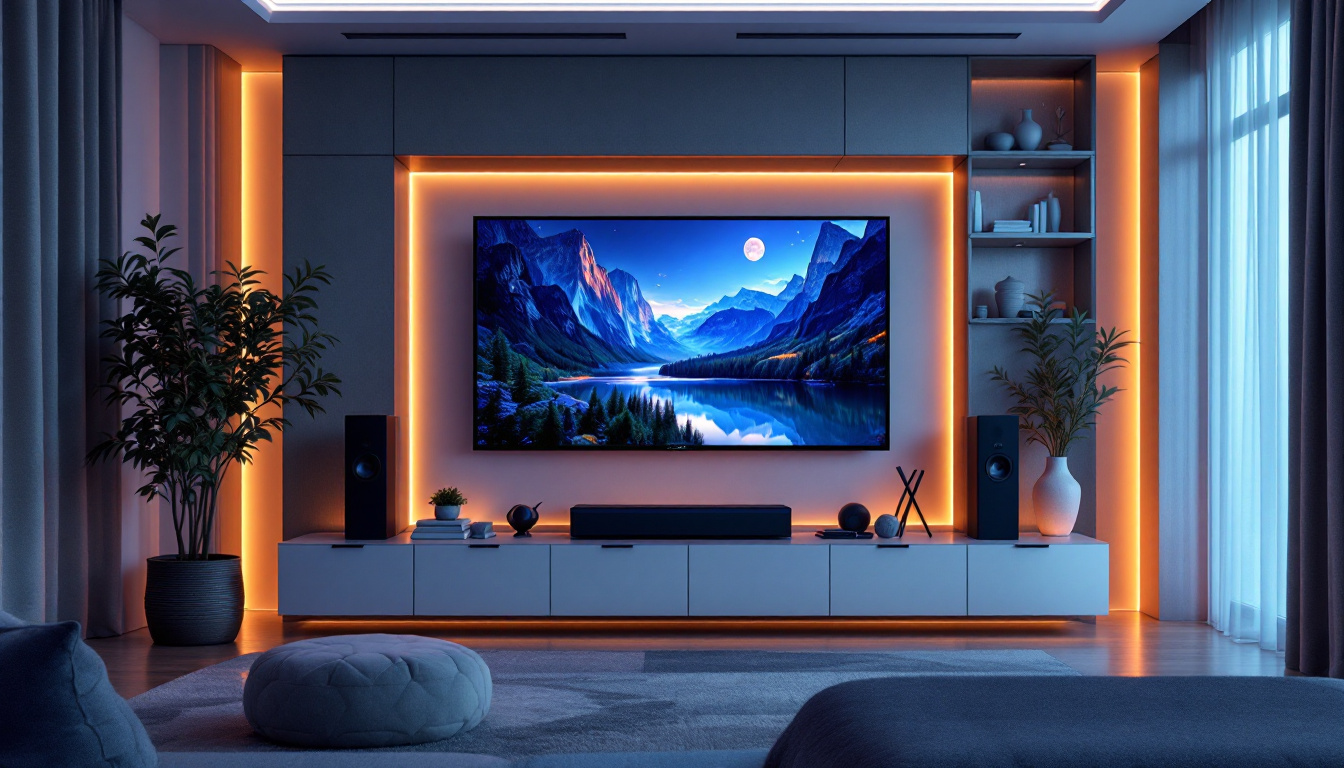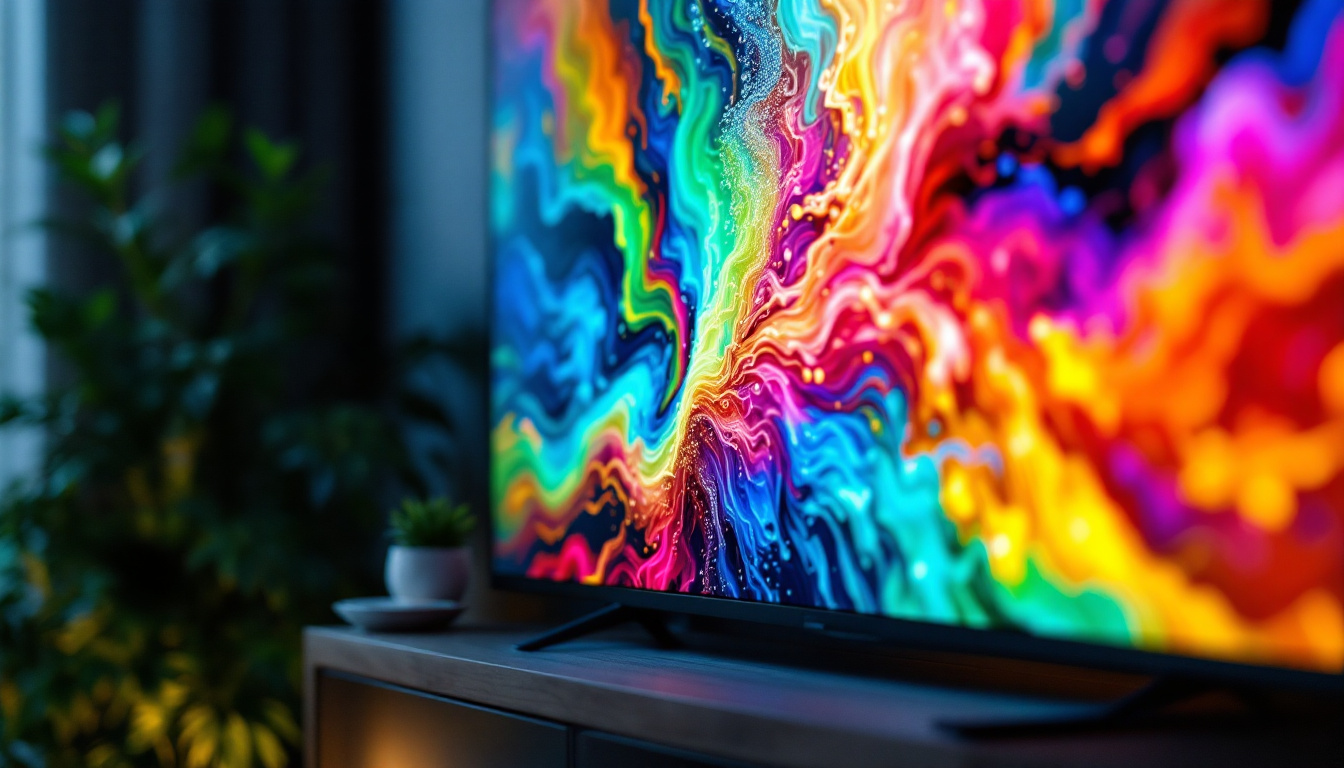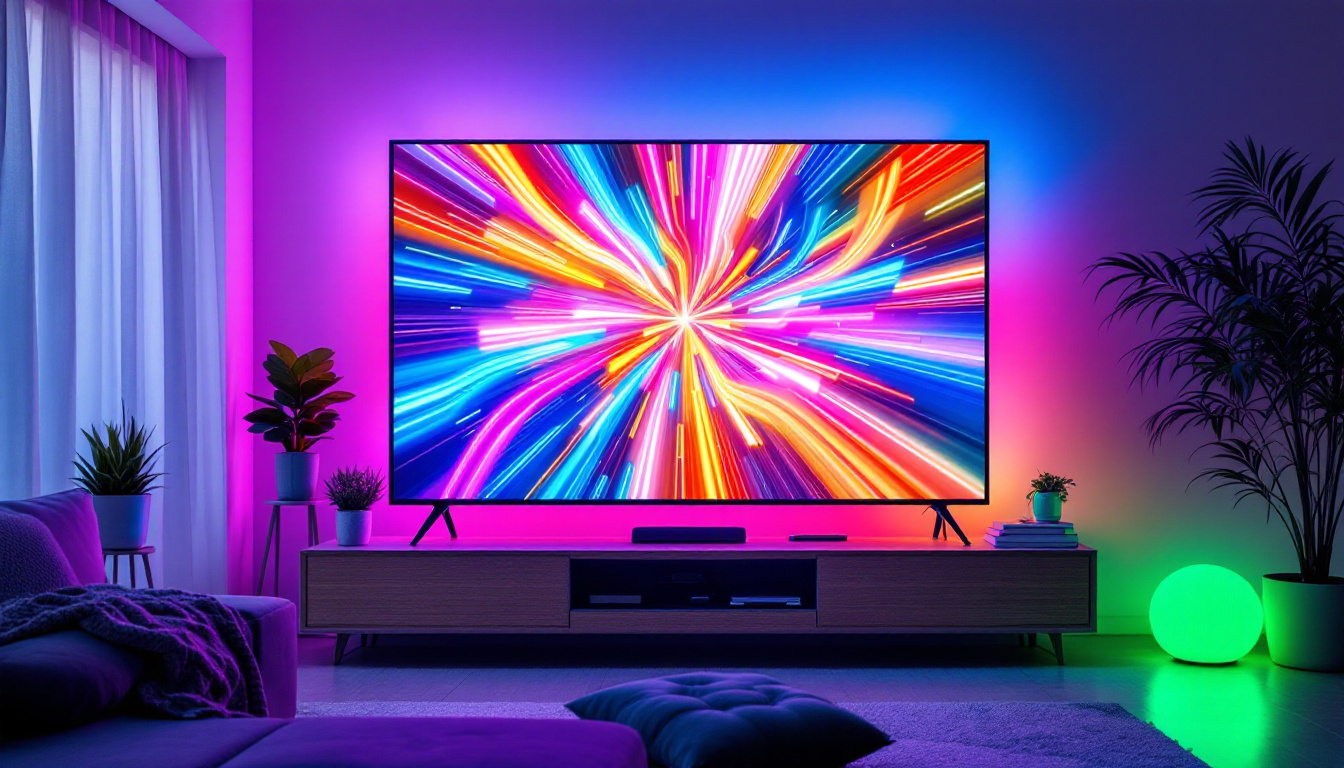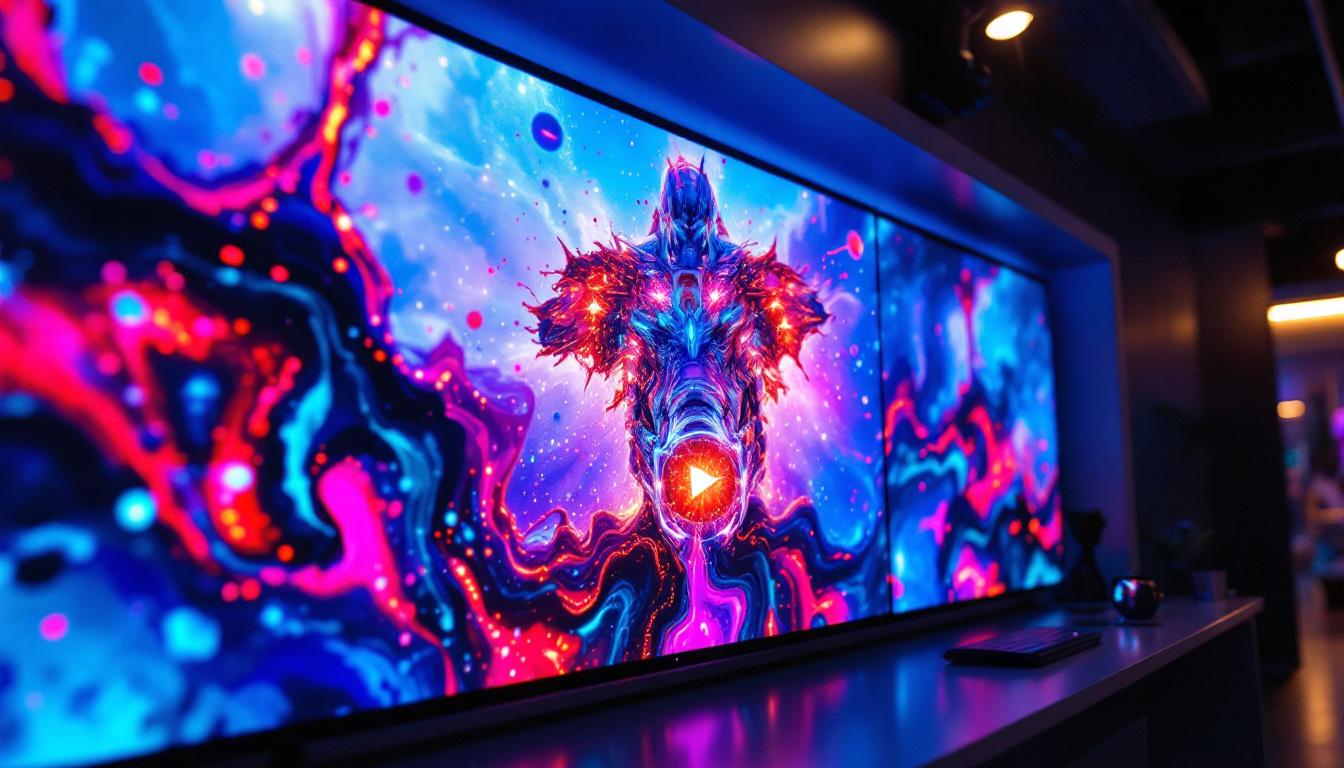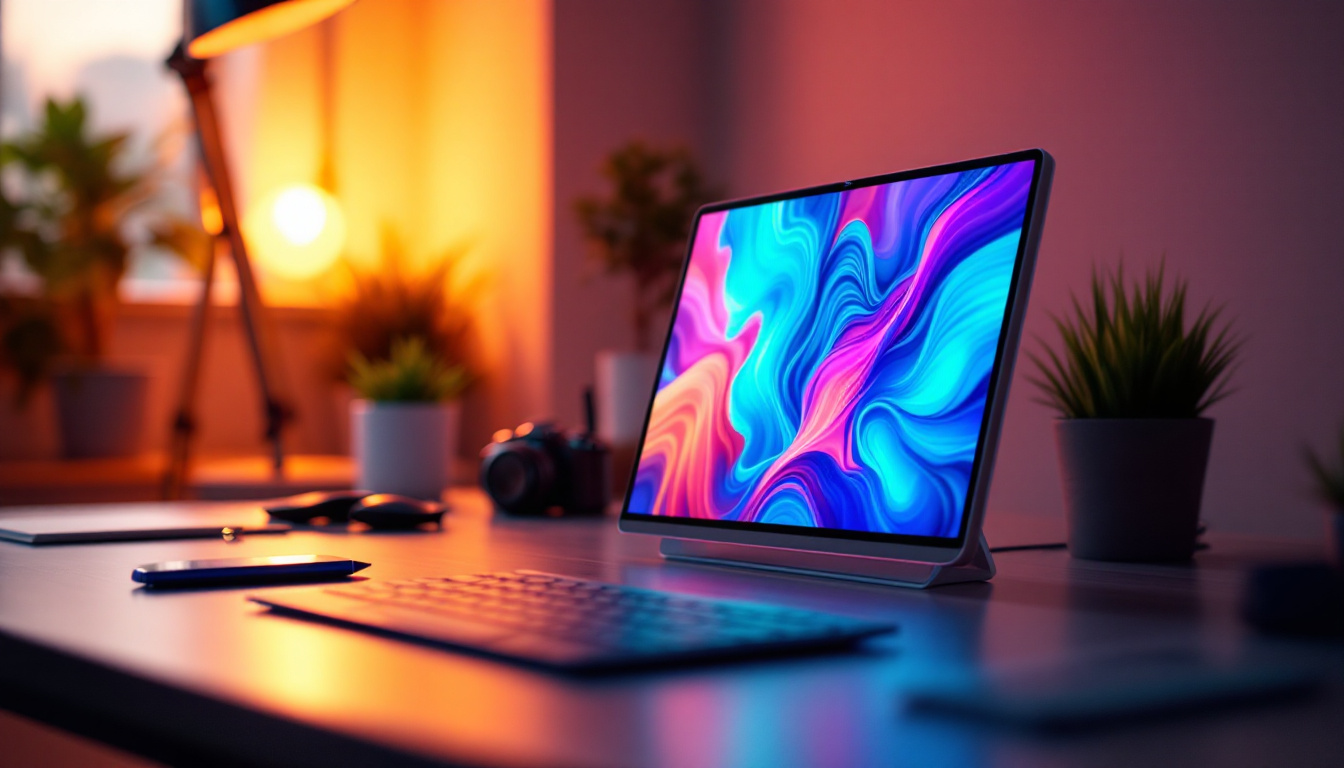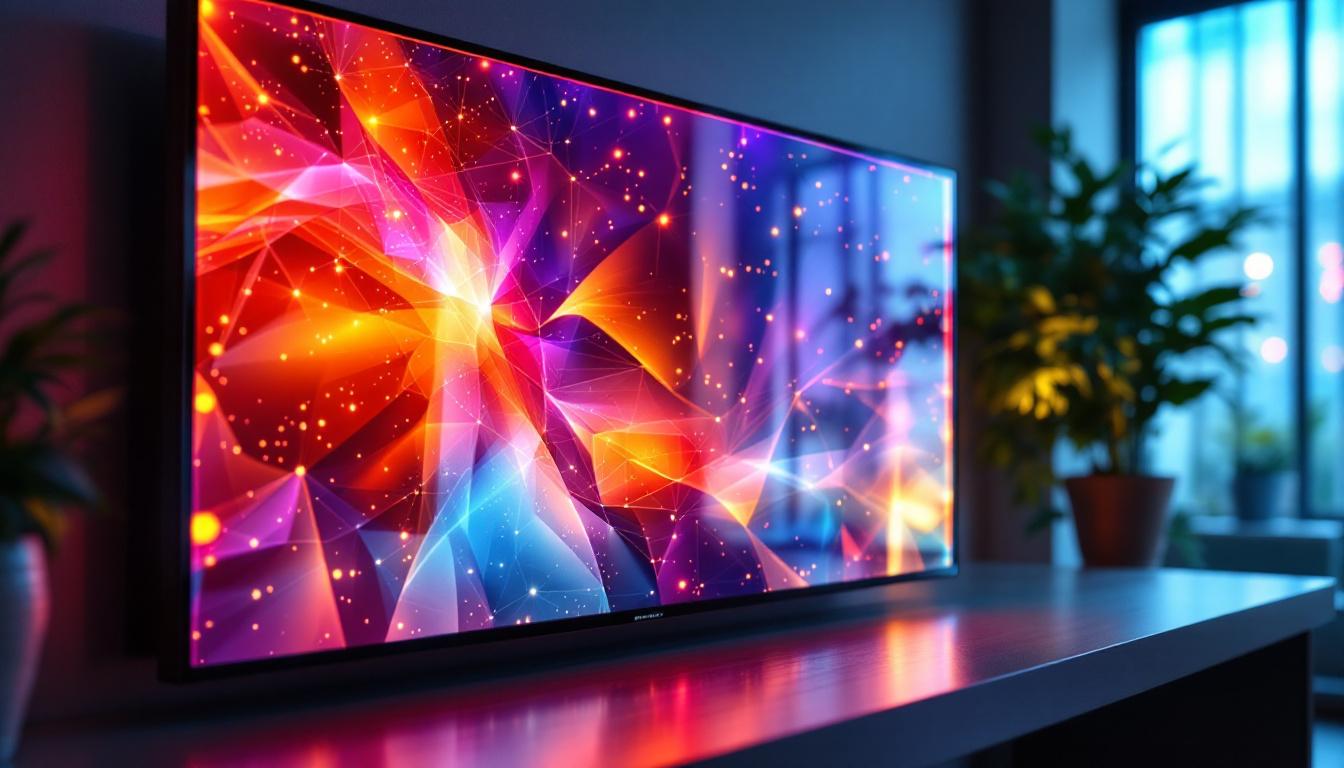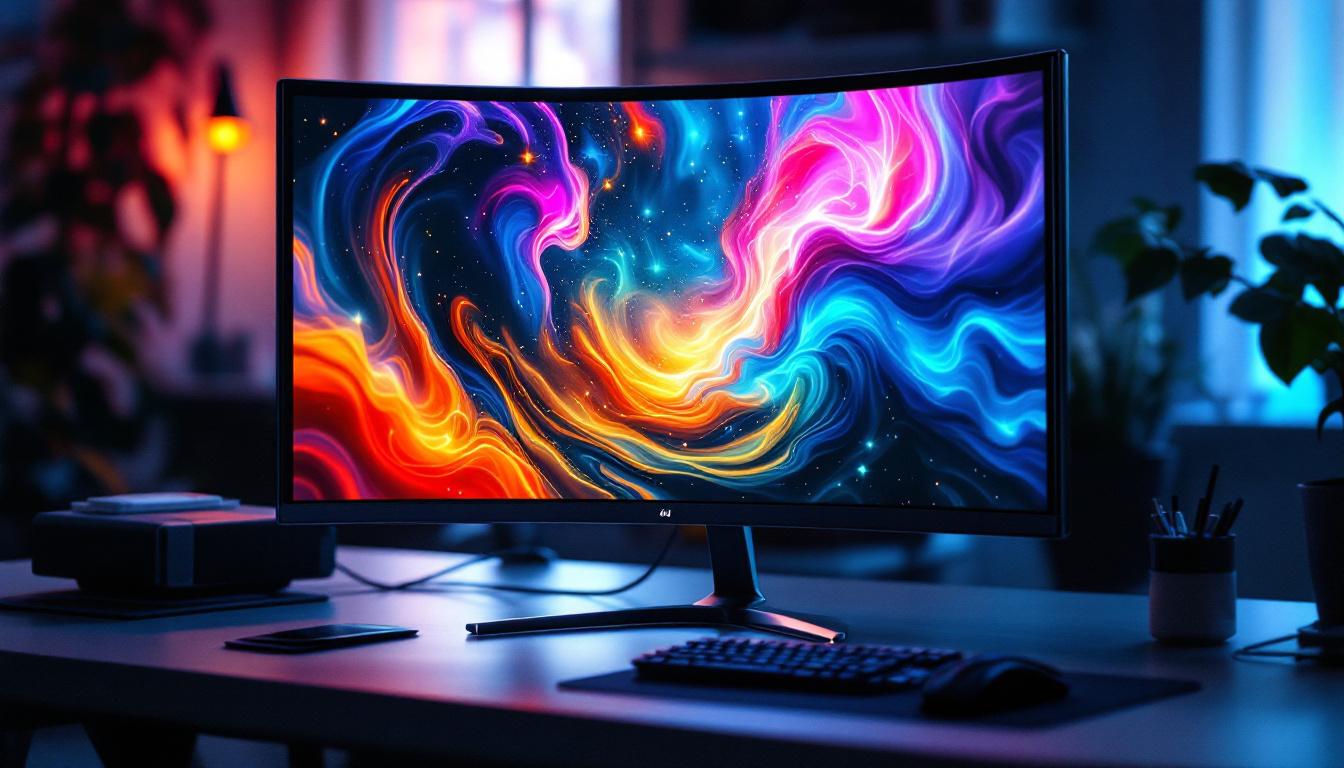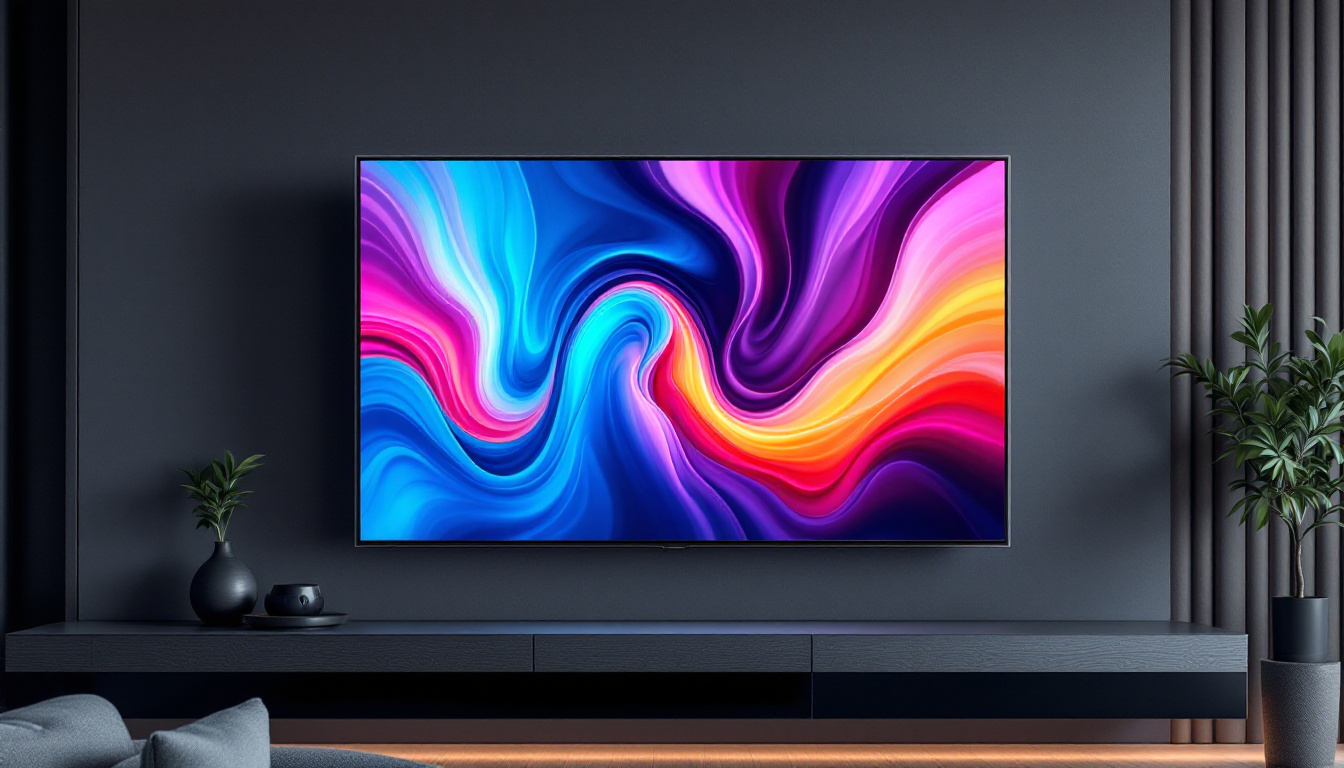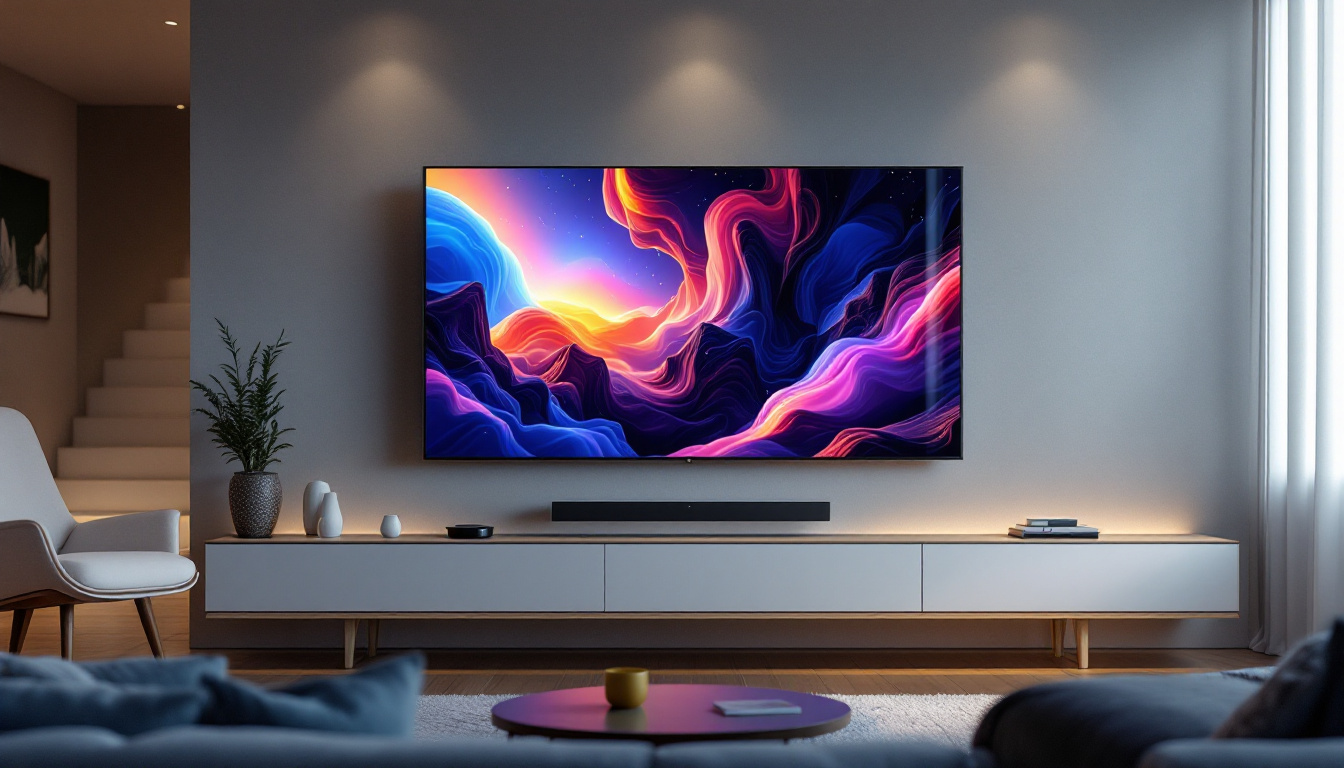In the ever-evolving world of home entertainment, selecting the right television size can significantly enhance the viewing experience. With various screen sizes available, understanding the common dimensions of LED displays is crucial for making an informed decision. This article delves into the different television sizes, their specifications, and how to choose the best fit for your space.
Understanding LED Technology
Before diving into the specifics of television sizes, it’s important to grasp the fundamentals of LED technology. LED, or Light Emitting Diode, is a type of display technology that has gained immense popularity due to its energy efficiency and superior picture quality.
What is LED Display?
LED displays utilize tiny diodes to produce light, which allows for brighter images and a wider color spectrum compared to traditional LCD screens. This technology can be found in various forms, including edge-lit and full-array backlighting, each offering different advantages in terms of brightness and contrast. Edge-lit displays are typically thinner and lighter, making them easier to mount on walls, while full-array backlighting provides more uniform brightness across the screen, resulting in enhanced picture quality, especially in darker scenes.
Benefits of LED TVs
LED TVs are known for their thin profiles, making them a stylish addition to any living room. Additionally, they consume less power than older technologies, contributing to lower electricity bills. The vibrant colors and deep blacks provided by LED displays enhance the viewing experience, making them ideal for watching movies, sports, or playing video games. Furthermore, many LED TVs come equipped with smart technology, allowing users to stream content directly from the internet, access apps, and even control their TV with voice commands, adding a layer of convenience that modern viewers appreciate.
Moreover, LED technology has evolved to include features such as High Dynamic Range (HDR), which significantly improves the contrast and color accuracy of the images displayed. HDR allows for a greater range of brightness levels, making the highlights brighter and the shadows darker, thus providing a more lifelike viewing experience. As a result, content creators are increasingly producing films and shows that take advantage of HDR capabilities, making it an essential feature for anyone looking to invest in a new television. Additionally, the rapid advancements in LED technology have led to the development of OLED (Organic Light Emitting Diode) displays, which offer even deeper blacks and more vibrant colors by allowing individual pixels to emit their own light, further enhancing the visual experience.
Common Television Sizes
Televisions come in a range of sizes, typically measured diagonally from corner to corner. The most common sizes on the market today include 32-inch, 40-inch, 50-inch, 55-inch, 65-inch, and 75-inch models. Understanding these sizes can help consumers choose the best option for their viewing habits and room dimensions.
32-inch TVs
32-inch televisions are often considered the entry-level size for many households. They are perfect for smaller rooms such as bedrooms, kitchens, or dormitories. Despite their compact size, many 32-inch models come equipped with smart features, allowing users to stream content from various platforms.
When placing a 32-inch TV, it is recommended to sit about 4 to 6 feet away for optimal viewing. This distance ensures that the picture remains clear and immersive without straining the eyes. Additionally, many 32-inch TVs now support Full HD or even 4K resolution, providing a surprisingly sharp image for their size. This makes them not only suitable for casual viewing but also for gaming and streaming high-quality content, appealing to a wider audience than ever before.
40-inch and 43-inch TVs
Moving up in size, 40-inch and 43-inch televisions provide a more expansive viewing experience while still fitting comfortably in smaller spaces. These sizes are often favored for family rooms or as secondary TVs in larger homes.
For a 40-inch TV, the ideal viewing distance is approximately 6 to 8 feet, while a 43-inch model is best viewed from about 7 to 9 feet away. This range allows viewers to appreciate the details and colors that LED technology offers. Furthermore, these models often come with enhanced sound systems, making them a great choice for movie nights or binge-watching sessions. With the rise of streaming services, many 40-inch and 43-inch TVs also feature built-in voice assistants, enabling users to control their viewing experience hands-free.
50-inch and 55-inch TVs
As the demand for larger screens increases, 50-inch and 55-inch televisions have become popular choices for many households. These sizes strike a balance between immersive viewing and practicality, making them suitable for a variety of room sizes.
For a 50-inch TV, the recommended viewing distance ranges from 8 to 10 feet, while a 55-inch screen is best viewed from 9 to 11 feet away. This distance enhances the cinematic experience, especially when watching high-definition content. Additionally, many models in this range come equipped with advanced features like high dynamic range (HDR) and local dimming, which improve contrast and color accuracy, making every scene pop. The versatility of 50-inch and 55-inch TVs also allows them to serve as the centerpiece of a home theater setup, where they can be paired with soundbars or surround sound systems for an even more immersive experience.
Large Screen Options: 65-inch and 75-inch TVs
For those who desire a truly cinematic experience at home, 65-inch and 75-inch televisions are the ultimate options. These large screens transform any living room into a mini-theater, making them ideal for movie nights and sports events. With the right setup, you can enjoy not just the visuals but also the immersive sound that complements the larger-than-life images, creating an atmosphere that rivals that of a commercial cinema.
65-inch TVs
The 65-inch television is a popular choice for larger living spaces. With a recommended viewing distance of 10 to 12 feet, this size provides an immersive experience without overwhelming the room. Many 65-inch models also come equipped with advanced features such as 4K resolution and HDR, further enhancing picture quality. Additionally, these TVs often support smart technology, allowing users to stream their favorite shows and movies directly from popular platforms like Netflix, Hulu, and Amazon Prime Video. This connectivity not only adds convenience but also opens up a world of entertainment options right at your fingertips.
75-inch TVs
At the top end of the size spectrum, 75-inch televisions are designed for those who want the largest possible viewing experience. These models are perfect for spacious living rooms or dedicated home theaters. The ideal viewing distance for a 75-inch TV is around 12 to 14 feet, allowing viewers to fully appreciate the stunning visuals. Furthermore, many 75-inch TVs boast cutting-edge technologies such as OLED or QLED displays, which provide deeper blacks and more vibrant colors, making every scene come alive. The immersive experience is further enhanced when paired with a high-quality sound system, transforming your viewing experience into a full sensory journey. Whether it’s an action-packed blockbuster or a serene nature documentary, the combination of size and technology elevates your home entertainment to new heights.
Choosing the Right Size for Your Space
Selecting the appropriate television size involves considering various factors, including room dimensions, viewing distance, and personal preferences. Here are some tips to help make the right decision.
Room Dimensions
Before purchasing a television, measure the space where it will be placed. Consider not only the width and height of the area but also the layout of the room. Ensure that there is enough space for the TV stand or wall mount, as well as any additional furniture that may obstruct the view.
Viewing Distance
As previously mentioned, the viewing distance plays a crucial role in determining the ideal television size. A larger screen may be more visually appealing, but if the viewer is too close, it can lead to discomfort and reduced picture quality. Use the recommended viewing distances as a guideline to find the perfect size for your setup.
Personal Preferences
Individual preferences also play a significant role in choosing the right television size. Some viewers may prefer a more immersive experience with larger screens, while others may find smaller sizes more suitable for their needs. Consider how the television will be used—whether for casual viewing, gaming, or movie watching—to make an informed decision.
Other Considerations When Buying a TV
In addition to size, there are several other factors to consider when purchasing a television. These include resolution, smart features, and connectivity options.
Resolution
Resolution refers to the number of pixels that make up the image on the screen. Higher resolutions, such as 4K and 8K, provide sharper and more detailed images. For most viewers, a 4K resolution is sufficient for an exceptional viewing experience, especially on larger screens.
Smart Features
Many modern televisions come equipped with smart features that allow users to access streaming services, browse the internet, and connect to other smart devices. When choosing a television, consider whether these features are important for your viewing habits and how easy they are to navigate.
Connectivity Options
Ensure that the television has adequate connectivity options for your needs. HDMI ports, USB ports, and wireless connectivity are essential for connecting external devices such as gaming consoles, sound systems, and streaming devices. The more options available, the more versatile the television will be.
Conclusion
Choosing the right television size is an essential step in creating an enjoyable home entertainment experience. By understanding the common sizes available and considering factors such as room dimensions, viewing distance, and personal preferences, consumers can make an informed decision that enhances their viewing pleasure.
Whether opting for a compact 32-inch model or a grand 75-inch display, the advancements in LED technology ensure that viewers can enjoy stunning visuals and vibrant colors across all sizes. Ultimately, the right television will not only fit the space but also cater to the unique viewing habits of the household.
As technology continues to evolve, staying informed about the latest trends and options in television displays will empower consumers to make the best choices for their entertainment needs.
Explore the Future of Home Entertainment with LumenMatrix
Ready to elevate your viewing experience with the latest in LED display technology? Look no further than LumenMatrix, a pioneer in crafting immersive visual experiences. From the comfort of your living room to the excitement of outdoor events, LumenMatrix offers a wide array of innovative solutions including Indoor and Outdoor LED Wall Displays, Vehicle LED Displays, and more. Embrace the future of visual communication with our All-in-One LED Displays or captivate your audience with our LED Transparent Displays. Discover how LumenMatrix can transform your space and bring your entertainment to life. Check out LumenMatrix LED Display Solutions today and join the revolution in high-impact, energy-efficient home entertainment.

